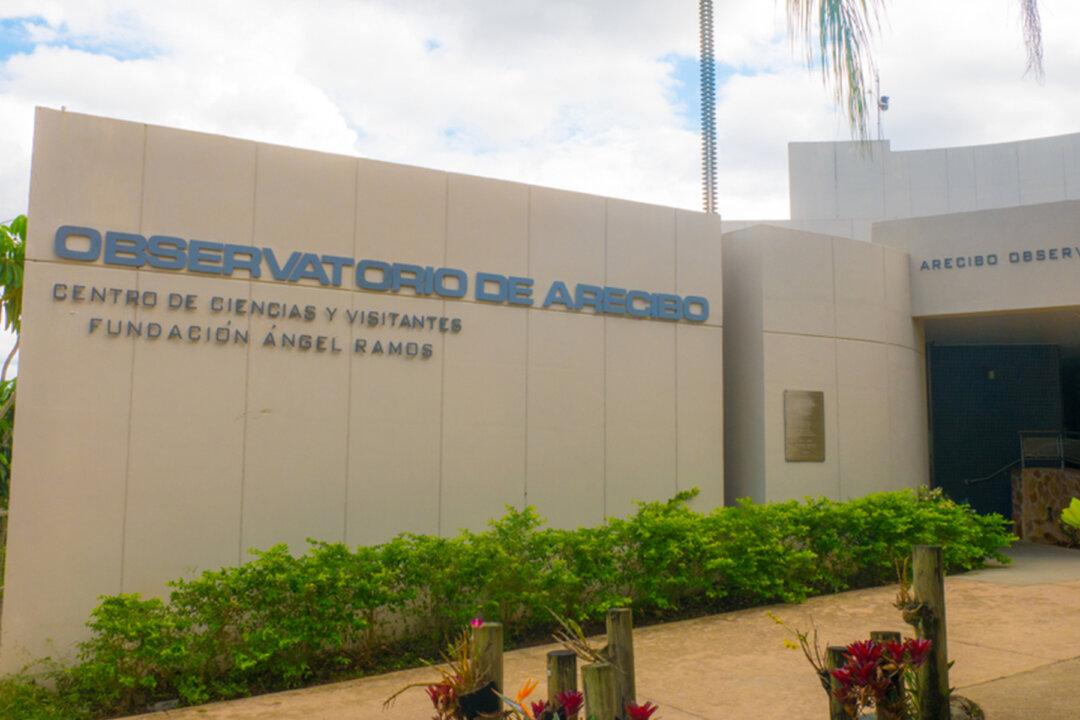Scientists at a Puerto Rican observatory are following an asteroid due to fly past Earth in a day’s time amid the global pandemic. In pictures, the asteroid looks like it is wearing a face mask, the researchers said.
Puerto Rico’s Arecibo Observatory announced their discovery on Facebook in the afternoon of April 19, 2020.




